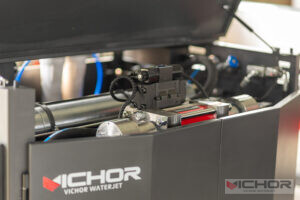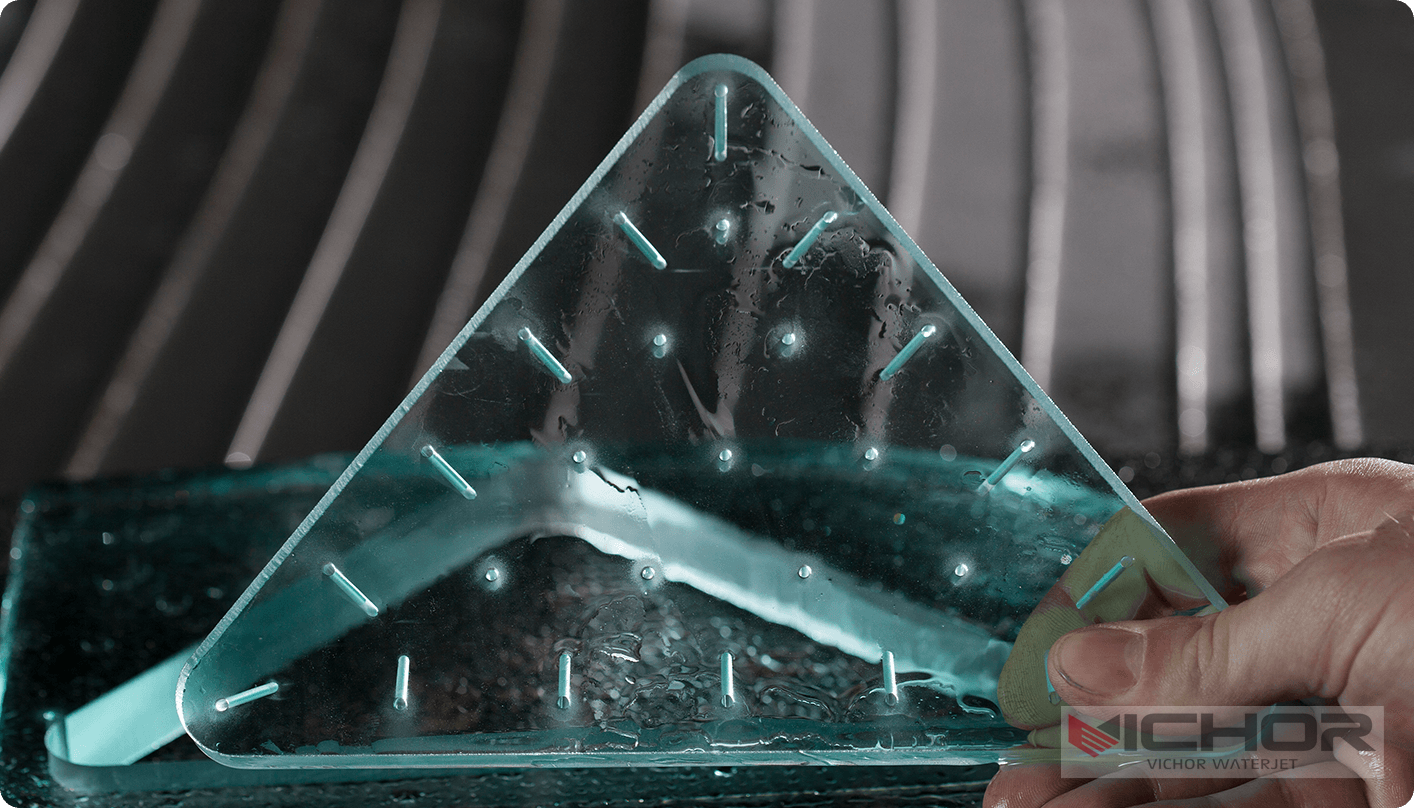
Cutting Sheet Metal with Water Jet: The Ultimate Guide to Precision & Versatility
When it comes to shaping the modern world, few tools are as versatile and powerful as the water jet cutter. Cutting sheet metal with water jet technology is a process that combines immense pressure with precision, enabling manufacturers and artists alike to slice through metals with astonishing accuracy. This method, which might seem like something from science fiction, is a cornerstone of modern fabrication. It uses a supersonic stream of water, often mixed with an abrasive substance, to erode material cleanly and efficiently. Unlike thermal cutting processes, it produces no heat-affected zone, preserving the metal’s inherent structural integrity. This article delves into the fascinating world of water jet cutting, exploring its mechanisms, advantages, and the diverse applications that make it an indispensable tool for working with sheet metal.
The Core Principle: How Does Cutting Sheet Metal with a Water Jet Actually Work?
At its heart, the process of cutting sheet metal with water jet is a brilliant application of physics. It transforms water, a simple and abundant resource, into an incredibly powerful cutting tool. The journey begins with a high-pressure pump, which pressurizes ordinary tap water to extreme levels, typically between 60,000 and 90,000 Pounds per Square Inch (PSI). This ultra-high-pressure water is then forced through a small orifice, usually made of sapphire or diamond, creating a coherent and incredibly fast stream traveling at speeds up to three times the speed of sound.
For softer materials, this pure waterjet is sufficient. However, for the task of cutting sheet metal with water jet, an abrasive substance is introduced into the stream. The pressurized water passes into a mixing tube, where it creates a vacuum that draws in a granular abrasive material, typically garnet. The water accelerates these abrasive particles, transforming the stream into a potent erosive tool that micromachines away the metal. The result is a clean, precise cut achieved through cold cutting, meaning no heat is transferred to the material being cut. This fundamental principle is what sets it apart from lasers and plasma cutters.
The Unmatched Advantage: Cold Cutting with Zero Heat-Affected Zones
Perhaps the most significant benefit of cutting sheet metal with water jet is that it is a cold cutting process. This single characteristic opens up a world of possibilities that are limited or impossible with thermal cutting methods.
When you use a laser or plasma cutter on sheet metal, the intense heat melts the material to create the cut. This heat inevitably affects the area surrounding the cut, known as the Heat-Affected Zone (HAZ). The HAZ can alter the metal’s properties, making it harder, more brittle, or warping it due to thermal stress. This often requires secondary finishing processes to correct.
Cutting sheet metal with water jet eliminates this problem entirely. Since the material is eroded away by abrasive particles, no heat is generated. The metal’s microstructure remains unchanged along the cut edge. This is critical for metals that are heat-sensitive, such as hardened tool steels, tempered aluminum, and copper, whose valuable properties would be ruined by a thermal process. It also prevents the formation of hardened edges that could require additional machining, saving time and preserving the integrity of the raw material.
Material Versatility: Cutting Far Beyond Just Metal
While our focus is on cutting sheet metal with water jet, the technology’s capability extends to a breathtaking array of materials. This versatility is a key reason many shops invest in this technology.
A water jet cutter doesn’t care about a material’s electrical conductivity or reflectivity, which are concerns for laser cutting. It is equally effective on:
Metals: From thin aluminum and stainless steel sheets to thick titanium, brass, and armor plate.
Composites: It cleanly cuts carbon fiber and fiberglass without delaminating the layers, a common issue with routers.
Stone and Tile: It is the preferred method for intricate designs in marble, granite, and glass.
Plastics and Polymers: It cuts through acrylic, polycarbonate, and rubber without melting them or producing toxic fumes.
Laminated Materials: It can smoothly cut through sandwiches of different materials without separating the layers.
This means a fabricator can use a single machine to process an entire project’s worth of different components, streamlining workflow and reducing the need for multiple specialized machines.
Precision and Complex Geometry: The Detail-Oriented Cutter
The accuracy achievable when cutting sheet metal with water jet is exceptional. Modern systems offer positional accuracy within a few thousandths of an inch and can produce cuts with a kerf (the width of the cut) as narrow as 0.02 inches. This narrow kerf minimizes material waste, which is crucial when working with expensive metals.
Furthermore, the water jet stream is omni-directional and does not require a starting hole, unlike some punches. This allows it to easily produce incredibly complex shapes, sharp corners, and intricate details that would be challenging or impossible for other cutting tools. The process is typically driven by Computer Numerical Control (CNC), which translates a digital design file directly into cutting paths with impeccable accuracy. Whether for a precise engine component, an ornate decorative metal screen, or a prototype part with tight tolerances, cutting sheet metal with water jet provides the detail and repeatability required for high-quality fabrication.
Environmental and Safety Considerations
In an increasingly eco-conscious industrial landscape, cutting sheet metal with water jet presents several environmental and safety advantages. Firstly, the primary cutting medium is water, which is non-toxic and recyclable. Many systems incorporate water recycling systems to reduce consumption. The abrasive used, garnet, is an inert, natural mineral that can often be recycled several times for less critical cuts before being disposed of safely.
From a safety perspective, it is generally safer than thermal processes. There is no risk of sparks, which eliminates a significant fire hazard, making it suitable for use in environments with flammable materials. It also does not generate hazardous fumes or gases, as it does not melt or burn the material. The process does create noise, and the stream itself is obviously dangerous, but these risks are effectively managed through fully enclosed cutting chambers and standard safety protocols, creating a cleaner and safer workshop environment.
In conclusion, cutting sheet metal with water jet is far more than just an alternative to laser or plasma cutting. It is a unique, versatile, and powerful fabrication process defined by its cold-cutting nature, remarkable material versatility, and ability to achieve complex geometries with high precision. Its respect for the material’s integrity, combined with its environmental and safety benefits, solidifies its role as a vital technology in workshops and factories around the globe, shaping the future of manufacturing one precise cut at a time.
continue reading



